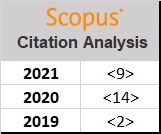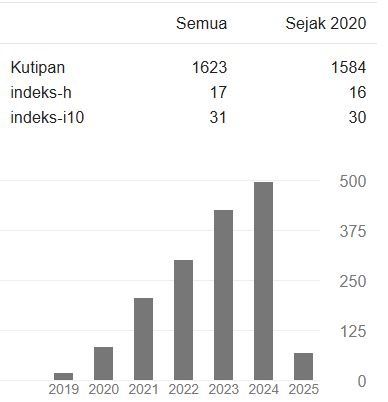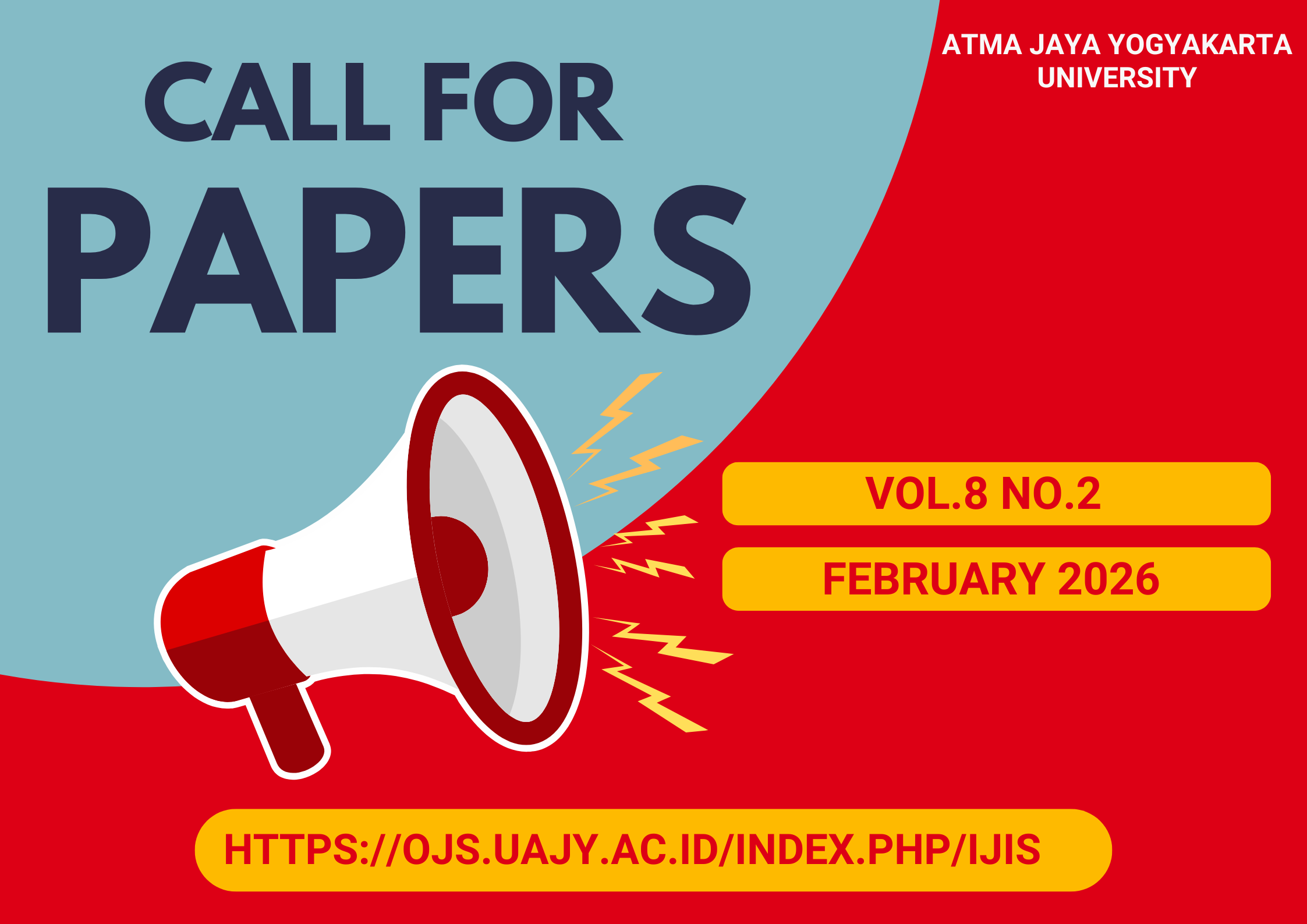Culture Intelligence [CI3] Framework: How To Develop Positive Culture Inside Social Media
DOI:
https://doi.org/10.24002/ijis.v1i1.1593Keywords:
Culture, Social media, Positive and negative thinking, Solutions, CommunicationsAbstract
Social media is one of the most important technologies at this moment. With the presence of social media, a significant change in communication occurs. Changes that arise can have two effects: positive and negative effects. Moreover, problems arise when social media is used unwise and to do negative tendencies. It creates a non-conducive environment. Therefore, a positive culture in social media must be developed and created. In developing a positive culture on social media, there are many challenges, such as different cultures in each country and even habits that have a high level of complexity, but it can be overcome by providing solutions on creating a positive culture on social media. This journal is a development of the journal: Development and Implementation of Wise Netizen (E-Comment) in Indonesia. Data collection method is by conducting surveys and interviews. The method used is Johari Window. This method produces four classifications of netizen: open netizen; blind netizen; hidden netizen and unknown netizen, where this classification can be used to find out what types of netizen are on social media. Furthermore, the results of this journal are a framework for creating a positive culture and developing netizen positively on social media called Culture Intelligence (CI3).
References
I. Gamayanto and F. Esti Nilawati, “Pengembangan dan Implementasi dari Wise Netizen (E- Comment) di Indonesia,” Techno.COM, vol. 16, no. 1, pp. 80–95, 2017.
Brijendra Singh Yadav, “JOHARI WINDOW APPROACH IN MENTORING MANAGEMENT STUDENTS- AN EMPIRICAL STUDY OF UP AND UTTARAKHAND (INDIA),” Sch. Res. J. Interdiscip. Stud., vol. 4, no. 49366, 2017.
M. Williams, “Community, Discipleship, and Social Media,” Christ. Educ. J. Res. Educ. Minist., vol. 12, no. 2, pp. 375–383, 2015.
N. L. Day-Vines, B. Booker Ammah, S. Steen, and K. M. Arnold, “Getting Comfortable with Discomfort: Preparing Counselor Trainees to Broach Racial, Ethnic, and Cultural Factors with Clients during Counseling,” Int. J. Adv. Couns., pp. 1–16, 2018.
S. Yates and E. Lockley, "Social media and social class," Am. Behav. Sci., pp. 1–26, 2018.
A. S. Bal, D. Grewal, A. Mills, and G. Ottley, “Engaging Students With Social Media,” J. Mark. Educ., vol. 37, no. 3, pp. 190–203, 2015.
C. Fuchs, “Social media, riots, and revolutions,” Cap. Cl., vol. 36, no. 3, pp. 383–391, 2012.
D. McCaughey, C. Baumgardner, A. Gaudes, D. LaRochelle, K. J. Wu, and T. Raichura, “Best Practices in Social Media: Utilizing a Value Matrix to Assess Social Media’s Impact on Health Care,” Soc. Sci. Comput. Rev., vol. 32, no. 5, pp. 575–589, 2014.
S. Lomborg, “‘Meaning’ in Social Media,” Soc. Media Soc., vol. 1, no. 1, 2015.
M. Tsay-Vogel, J. Shanahan, and N. Signorielli, “Social media cultivating perceptions of privacy: A 5-year analysis of privacy attitudes and self-disclosure behaviors among Facebook users,” New Media Soc., vol. 20, no. 1, pp. 141–161, 2018.
S. Trepte, “Social Media, Privacy, and Self-Disclosure: The Turbulence Caused by Social Media’s Affordances,” Soc. Media Soc., vol. 1, no. 1, 2015.
R. K. Nielsen, “Social Media and Bullshit,” Soc. Media Soc., vol. 1, no. 1, 2015.
A. Hermida, “Power Plays on Social Media,” Soc. Media Soc., vol. 1, no. 1, pp. 1–2, 2015.
G. Elmer, “Going Public on Social Media,” Soc. Media + Soc., vol. 1, no. 1, p. 205630511558034, 2015.
J. Farman, “Infrastructures of Mobile Social Media,” Soc. Media + Soc., vol. 1, no. 1, p. 205630511558034, 2015.
I. Gamayanto, T. S. Sukamto, and Muljono, “Unizon for university in Indonesia: The development of ‘university go online’ to face ASEAN economic community (AEC),” Proc. - 2017 Int. Semin. Appl. Technol. Inf. Commun. Empower. Technol. a Better Hum. Life, iSemantic 2017, vol. 2018–Janua, pp. 42–47, 2018.
I. Gamayanto, “Porter S Five Forces Model Scott Morton S Five Forces Model Bakos Treacy Model Analyzes Strategic Information Systems Management,” J. Inform., vol. 5, no. 2, p. pp.127-134, 2004.
A. Dakroury, “Editorial : Media and Culture Aliaa Dakroury,” Glob. Media J. -- Can. Ed., vol. 7, no. 2, pp. 1–3, 2014.
H. K. Mehraj, A. N. Bhat, and H. R. Mehraj, “Impacts OF Media on Society: A Sociological Perspective,” Int. J. Humanit. Soc. Sci. Invent. ISSN (Online, vol. 3, no. 6, pp. 56–64, 2014.
M. Plenković and D. Mustić, “The New Paradigm of Participatory Communication As a Result of Participatory Culture of Digital Media,” Media, Cult. Public Relations, vol. 7, no. 2, pp. 143–149, 2016.
J. Rasmussen and Ø. Ihlen, “Risk, Crisis, and Social Media: A systematic review of seven years’ research in Nordicom Review,” Nord. Rev., vol. 38, pp. 1–17, 2017.
Surveymonkey (2018), Sample Size Calculator, https://www.surveymonkey.com/mp/sample-size-calculator/
Downloads
Published
How to Cite
Issue
Section
License
Indonesian Journal of Information Systems as journal publisher holds copyright of papers published in this journal. Authors transfer the copyright of their journal by filling Copyright Transfer Form and send it to Indonesian Journal of Information Systems.

Indonesian Journal of Information Systems is licensed under a Creative Commons Attribution-NonCommercial 4.0 International License.

















